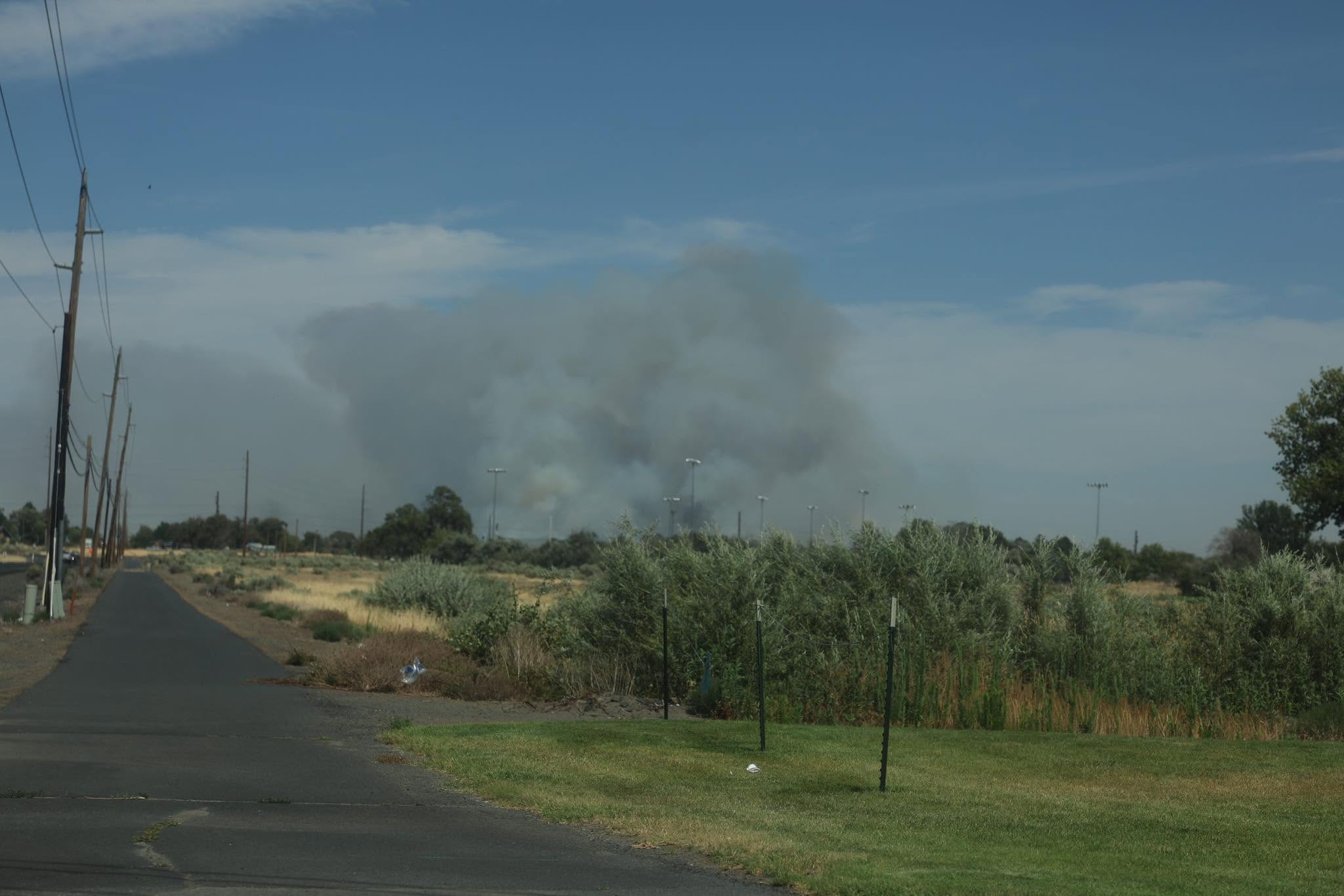Gov. Brown backs off veto after Newport community and officials go to bat for dam project
Published 1:00 pm Wednesday, August 14, 2019
SALEM — Newport Mayor Dean Sawyer was driving back from a conference of mayors in Medford when he got the call.
Rep. David Gomberg, D-Central Coast, had bad news.
The governor wanted to veto $4 million in state money to help replace two critical dams in Newport, a coastal city of about 10,000.
It was Sunday night, but Sawyer and other city officials acted.
“We all kind of contacted everybody that we thought might have some input with the governor or her staff,” Sawyer said, “And encouraged everybody to send letters or emails.”
Encouraged by local legislators, city officials rallied key supporters, ranging from the chamber of commerce to the hospital to the manager of a radio station. The Lincoln County commissioners penned a letter in support.
Subsequently, after the governor and her staff met with city officials and legislators representing Newport, Brown changed her mind. Newport could have the $4 million after all.
In a moment in Oregon politics where questions about how state policy impacts Oregon’s rural communities are constantly in the background, the Newport dam saga illustrates how a small city stood up to the governor’s veto pen.
For nearly a decade, local officials had been working to tackle problems with the Big Creek Dams.
The city discovered the issues in 2011 while making plans for a new water treatment plant. Water is seeping through the dam and an earthquake could liquefy soils underneath it.
“The long and short of it is neither one of those dams would … survive even a very moderate earthquake,” said Tim Gross, the city’s public works director and city engineer. “Depending on location and depth, a 3.5 (magnitude earthquake) would do it,” Gross said.
The reservoirs created by the dams provide a critical water supply for the city, which has a fish processing industry, a Rogue brewery and thriving tourism.
About 7,500 people commute into the city daily and thousands more come to the area for vacations and recreation every year.
After years of analysis, officials want to build a new dam to replace the two old dams. That is expected to cost nearly $70 million.
But the town didn’t think its 7,000 property taxpayers could alone foot the bill.
“There is no way that we could go for a bond of $70 million,” Sawyer said. “It would kill the property owners here.”
And so the city looked to the federal and state government for help.
Where there is money at higher levels of government, Sawyer says, there’s not enough allocated for repairing or replacing dams.
“The problem for us on a local level is, there’s very little money set aside for any dam projects,” Sawyer said.
The city has spent more than $2 million on the project so far.
To round up more, the city approached Gomberg and State Sen. Arnie Roblan, D-Coos Bay.
Local officials were happy when, at the end of June, state lawmakers approved $4 million to pay for design, permitting and environmental assessments for replacing the dams.
But then came word that the governor didn’t want to sign that part of the bill into law.
“All of a sudden, one day, we got the rug pulled on us,” Sawyer said.
Sawyer, who describes his initial reaction as “shock,” wondered why the governor signaled she might veto the money.
Late last year, Brown said she had wanted the state to study the state’s “most dangerous” dams and prioritize them by condition and risk.
The state regulates about 900 dams, and 72 of them are considered “high hazard,” which means that if they were to fail, people could die and property could be severely damaged.
But the Legislature didn’t fund the nearly $2 million Brown proposed for that study, or for a dam safety task force to come up with “rules and plans to help communities finance dam replacement and repairs.”
Brown keyed in on that in a required message ahead of an actual veto action.
“Oregon currently has no financial plan or rules to help communities with failing dams that pose safety risks,” Brown said.
“I intend to line-item veto this project because we need to study all of Oregon’s dams, prioritize them for repair, and develop funding mechanisms before dedicating funds and planning work on any specific dam,” Brown said.
Brown continued: “Big Creek Dams are only two of what could be several dams across the state that may need critical repair.”
Gross, though, saw the proposed veto as a political gesture.
“The governor’s proposed veto had less to do with this particular project and more to do with her trying to prove a point to the Legislature, that they need to look at dams comprehensively, and not just one at a time,” Gross said.
Gross, Roblan and Gomberg all said the first they knew the project was at risk was when the governor’s staff reached out to the legislators directly just before announcing the veto publicly.
The city already received some state money to study the dam, and the governor’s office did know about the project, Gross said.
“The governor’s office is well aware of what we’re doing and why we’re doing it, and it was shocking to us to see a proposed veto,” Gross said. “We didn’t understand it at all, because we spent a lot of time reaching out both to the Legislature and to the governor’s office through the regional task force trying to keep them apprised of what we’re doing and why.”
It’s not clear why the governor relented.
A spokesman said in a text message that the office did not have “much to add” beyond an official letter last week, where Brown backtracked the veto, saying it could compromise federal funding that the city is trying to get for a new dam.
“Did I walk out of there with a sense that I had changed her mind? No,” Gomberg said of his half-hour meeting with Brown, “But I did have the clear sense that she was listening very carefully and trying to evaluate the big picture.”
“Why it finally came forward, I don’t know,” Roblan said, “But I am convinced that conversations with people who stayed calm and didn’t get all uptight, but had real conversations with her, helped her see that this would, in fact, be encouraging her policy of trying to come up with a rational approach of doing dam safety across the state.”
Sawyer, who along with city officials and consultants, met with two of the governor’s policy advisors, believes Brown didn’t know the extent of the problem and how long the community had been working on the issue.
“We feel that, for some reason, the governor did not have the full picture of how critical our dam is,” said Sawyer.
Sawyer stressed that he appreciated that the governor listened and was willing to change her mind.
“Sometimes, when people say ‘I’m going to veto it,’ they make up their mind and they’re done,” Sawyer said. “But we were appreciative that she listened to our concerns.”
“It’s a community out to save itself, really,” said Gross, the city engineer. “I’m super proud of Newport and how quickly they rallied to this cause, within a matter of three, four days. That was all that we had.”
For local leaders, that powerful grassroots support is nothing new.
“We’re really good at that,” said County Commissioner Kaety Jacobson. “Lincoln County — we’re small but mighty.”
And their work with the state isn’t over.
Sawyer, at the governor’s request, is the first member of a new task force on dam safety.









